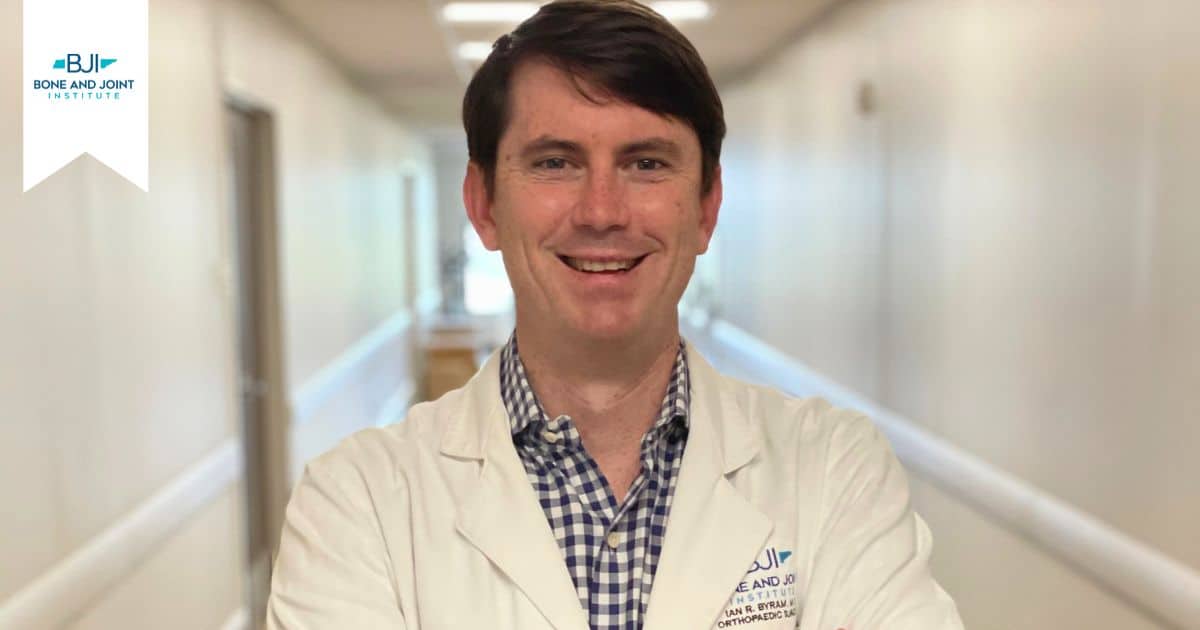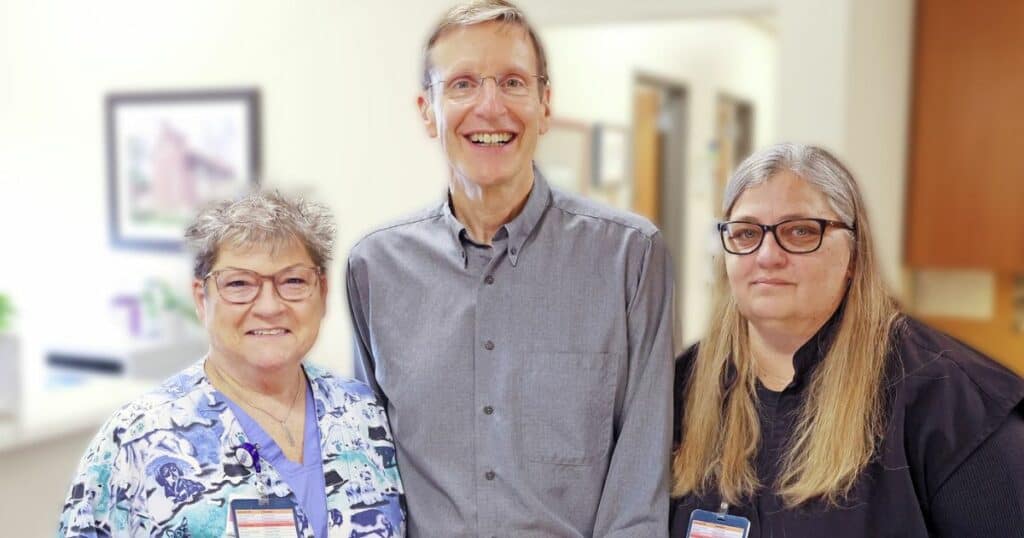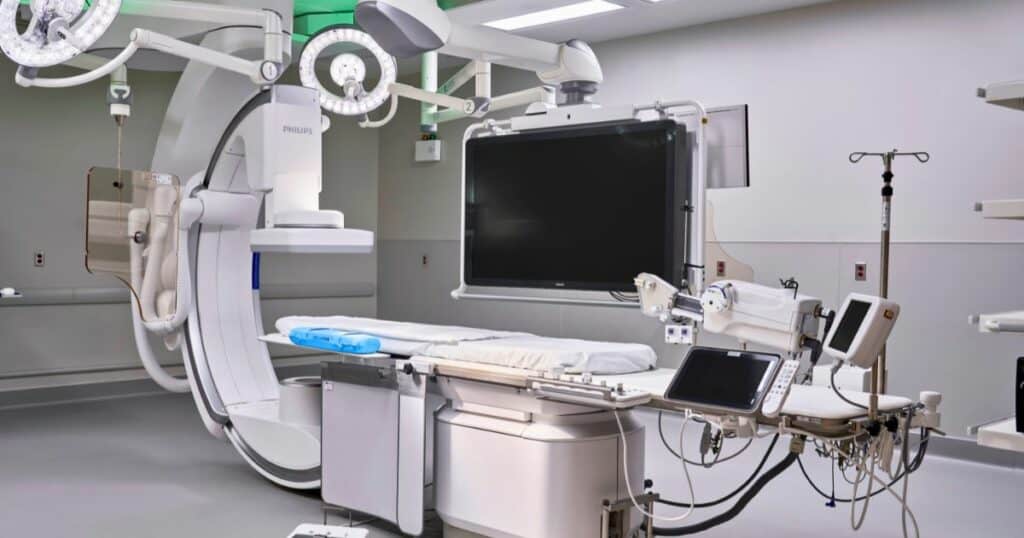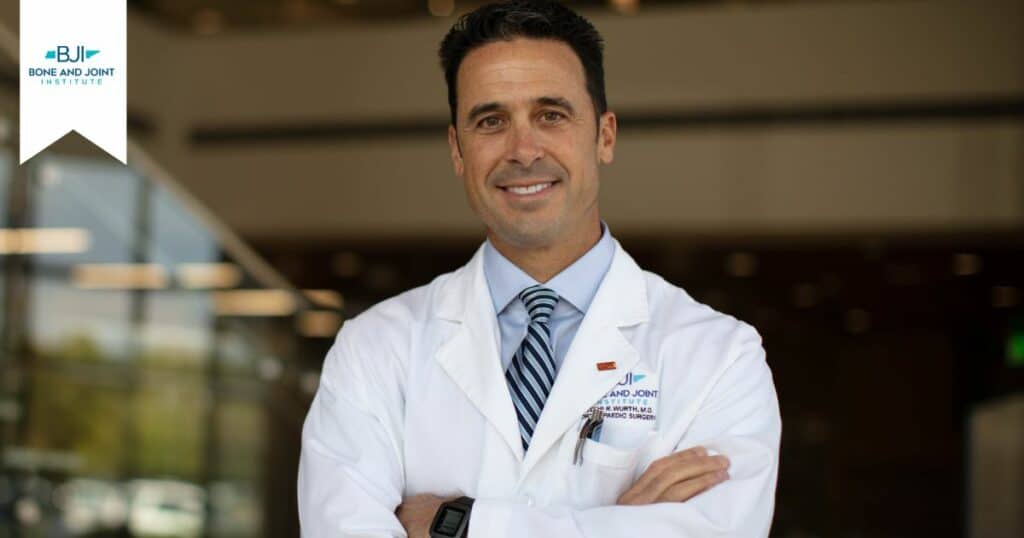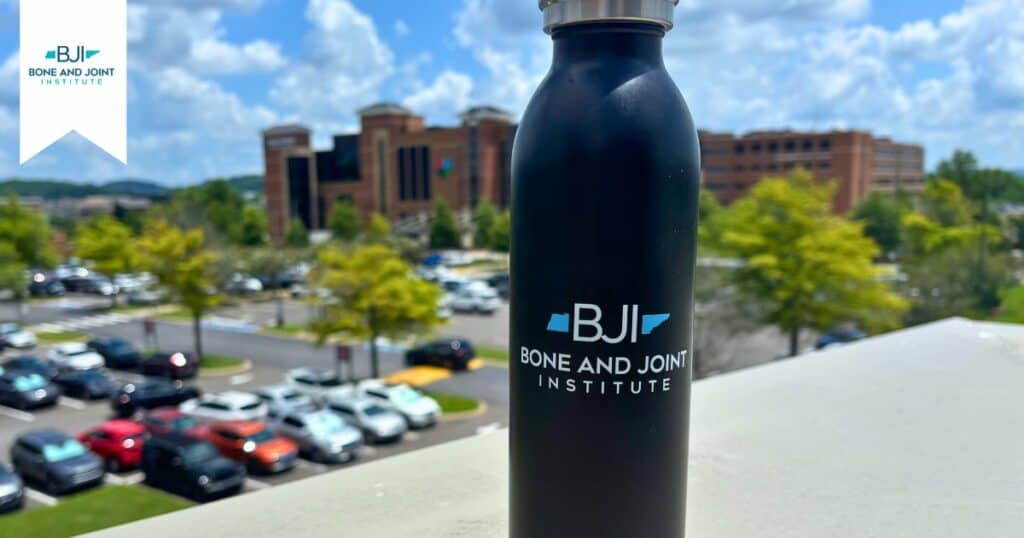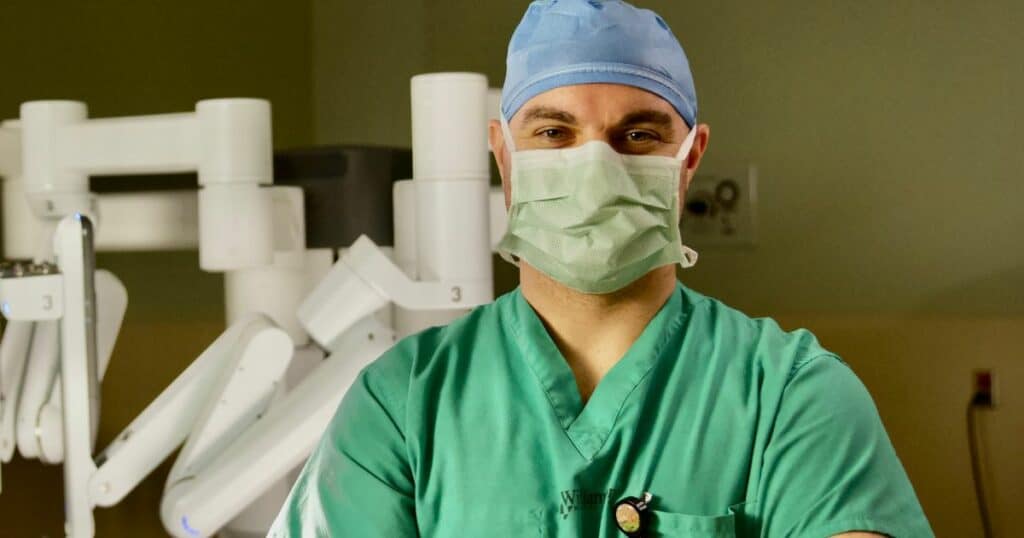Taking The Weight Off Your Shoulders with Dr. Ian Byram
Published: February 3, 2025
Originally published in the Williamson Herald —
With a new year comes goal setting, lifestyle changes and a sense of freshness. But it is also the perfect time to tackle those medical procedures that you may have been putting off. For example, lingering shoulder pain can have a negative effect on your daily life but many people are hesitant to have a joint replacement because of perceived recovery time.
Performing over 200 shoulder replacements a year makes Dr. Ian Byram, orthopaedic surgeon at Bone and Joint Institute of Tennessee, an expert in the changing world of total shoulder replacement and the advancements in technology that are making the procedure increasingly more common.
“Advancements in the field have streamlined total shoulder replacements so that it is increasingly performed on an outpatient basis which was not the case only 10 years ago,” said Dr. Byram. “For that reason, the procedure is a much less daunting experience than people imagine.”
Those experiencing arthritis, a failed rotator cuff or a severe fracture may be candidates for total shoulder replacement. Although the need for a total joint replacement usually occurs in people over 40 years old, younger patients can be candidates for the procedure as well if they have experienced an injury.
But before turning to surgical options, Dr. Byram says he and the highly qualified orthopaedic surgeons at Bone and Joint Institute explore other means of relieving shoulder pain.
“When a patient comes into the clinic, we start by exhausting all nonsurgical methods of pain relief like injections, physical therapy and anti-inflammatories before suggesting surgery,” said Dr. Byram, previous board member of the American Shoulder and Elbow Society Foundation (ASESF) and current board member of the Association of Clinical Elbow and Shoulder Surgeons (ACESS).
If these methods don’t provide relief, patients needing surgery can rest assured. The providers at Bone and Joint Institute use CT guided navigation and preoperative planning technologies to increase precision of implant placement during the procedure.
“We also use cutting-edge implant materials that allow for more preservation of surrounding joint tissue while increasing range of motion,” said Dr. Byram.
Many patients do not want to do the procedure because they believe it will decrease their activity levels. Still, for those living with constant pain, a replacement will ultimately increase range of motion, added Dr. Byram.
After the procedure, patients wear a sling for four to six weeks to protect the joint and participate in physical therapy. By four to six months, patients can return to high-level activities like golf, tennis and even shotgun shooting. However, total recovery time varies by patient.
Dr. Byram helps prepare his patients for a shoulder replacement by providing them with a preoperative education pathway and encouraging them to talk with friends or family members who have undergone the procedure.
“The evolution of total joint replacement is continuous as we look for ways to improve navigation with new technology and, potentially, augmented reality,” said Dr. Byram, “I am currently working on designing more bone-preserving implants that better recreate native biomechanics.”
Constant pain can be debilitating and stressful, but Dr. Byram and his team at Bone and Joint Institute are here to take the weight off your shoulders with their extensive joint replacement expertise.
To learn more or schedule an appointment, click here.
Taking The Weight Off Your Shoulders with Dr. Ian Byram
Originally published in the Williamson Herald —
With a new year comes goal setting, lifestyle changes and a sense of freshness. But it is also the perfect time to tackle those medical procedures that you may have been putting off. For example, lingering shoulder pain can have a negative effect on your daily life but many people are hesitant to have a joint replacement because of perceived recovery time.
Performing over 200 shoulder replacements a year makes Dr. Ian Byram, orthopaedic surgeon at Bone and Joint Institute of Tennessee, an expert in the changing world of total shoulder replacement and the advancements in technology that are making the procedure increasingly more common.
“Advancements in the field have streamlined total shoulder replacements so that it is increasingly performed on an outpatient basis which was not the case only 10 years ago,” said Dr. Byram. “For that reason, the procedure is a much less daunting experience than people imagine.”
Those experiencing arthritis, a failed rotator cuff or a severe fracture may be candidates for total shoulder replacement. Although the need for a total joint replacement usually occurs in people over 40 years old, younger patients can be candidates for the procedure as well if they have experienced an injury.
But before turning to surgical options, Dr. Byram says he and the highly qualified orthopaedic surgeons at Bone and Joint Institute explore other means of relieving shoulder pain.
“When a patient comes into the clinic, we start by exhausting all nonsurgical methods of pain relief like injections, physical therapy and anti-inflammatories before suggesting surgery,” said Dr. Byram, previous board member of the American Shoulder and Elbow Society Foundation (ASESF) and current board member of the Association of Clinical Elbow and Shoulder Surgeons (ACESS).
If these methods don’t provide relief, patients needing surgery can rest assured. The providers at Bone and Joint Institute use CT guided navigation and preoperative planning technologies to increase precision of implant placement during the procedure.
“We also use cutting-edge implant materials that allow for more preservation of surrounding joint tissue while increasing range of motion,” said Dr. Byram.
Many patients do not want to do the procedure because they believe it will decrease their activity levels. Still, for those living with constant pain, a replacement will ultimately increase range of motion, added Dr. Byram.
After the procedure, patients wear a sling for four to six weeks to protect the joint and participate in physical therapy. By four to six months, patients can return to high-level activities like golf, tennis and even shotgun shooting. However, total recovery time varies by patient.
Dr. Byram helps prepare his patients for a shoulder replacement by providing them with a preoperative education pathway and encouraging them to talk with friends or family members who have undergone the procedure.
“The evolution of total joint replacement is continuous as we look for ways to improve navigation with new technology and, potentially, augmented reality,” said Dr. Byram, “I am currently working on designing more bone-preserving implants that better recreate native biomechanics.”
Constant pain can be debilitating and stressful, but Dr. Byram and his team at Bone and Joint Institute are here to take the weight off your shoulders with their extensive joint replacement expertise.
To learn more or schedule an appointment, click here.
Published: February 3, 2025
